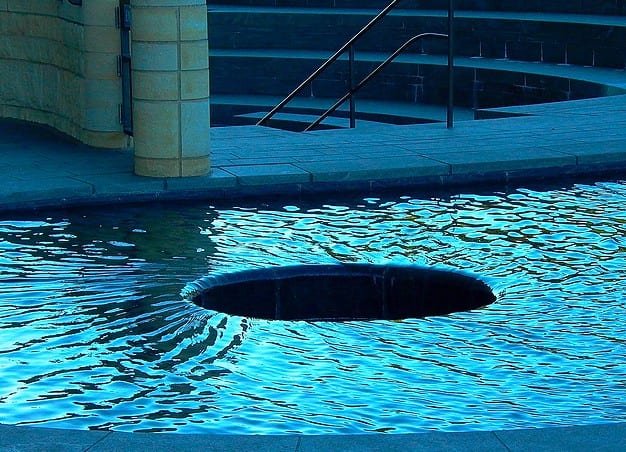Public Art Creates an Identity for Your Project While Supporting the Arts
Posted in News -

If you traveled the world, what architectural masterpieces would you remember?
If you visited Paris, you’d remember the Eiffel Tower. New York City would bring memories of the iconic Statue of Liberty. If you went to Dublin, you’d never forget the Spire of Dublin, a stainless steel pin-like monument nearly 400 feet tall.
Even though each of these projects is different, they’re all considered public art, and each project helps create an identity for their surroundings. They also create a source of pride and enjoyment for community residents and their guests.
The same holds true of any construction project – public art gives a project a certain signature that sets it apart from other, more mundane projects. It also gives architects and builders a way to add creativity to their projects.
It’s important that project leaders invite the artists and craftsmen to become involved early in the design process and make them part of their design team. Many professional craftsmen are also project management professionals who can help the project run more smoothly and introduce the project team to new ideas and techniques that will make their artistic endeavors more successful.
The team from Outside the Lines has a long history of creating iconic pieces that that can be found all over the world, from the western United States to Johannesburg South Africa.
With its team of experienced artists and craftsmen, Outside the Lines can help construction teams incorporate eye-catching fountains, realistic artificial rockwork and themed, customized elements into a project, while fulfilling the requirement for Art in Public Places, Percent for Art and other public art programs.
Outside the Lines has already completed a number of projects that were established with public art funding or that can become the inspiration for public art projects.
In California, the Walnut Creek Veterans Memorial Plaza honors U.S. veterans from all branches of the armed forces at this striking public arts project. The National Museum of the American Indian in Washington, D.C. features a formal architectural fountain and organic wetland area, both completed by Outside the Lines.
How Public Art is Funded
Many European countries and many cities and states in the USA have public art or percent for art programs. The requirement is implemented in a variety of ways. Some governments require that a certain percentage of all construction costs be set aside for public art with maximum limits. In other areas, the percent is discretionary.
More than half the states in USA have public art programs. Hawaii became the first state to establish a pubic art program in 1967, and since then, more than 25 states adopted similar programs.
Program names vary, with titles ranging from Art in Public Places to Art-in-Architecture. The percentage of funds that must be appropriated from a construction project varies from state to state and city to city, as well.
Whatever the name, the goal is the same: to foster access to the arts and increase the aesthetic value of public places.
The Art of Public Art
The type and style of public art varies considerably across the country, as well. Public art can include sculptures, water features, landscape design and play equipment. The art can be presented in any medium, such as mosaic, earthwork, carving and stone. Some art is interactive, while others can be appreciated better from afar.
St. Louis, Missouri boasts a number of water features, murals and memorials, including its famous arch – the Jefferson National Expansion Memorial. Los Angeles and Southern California include fountains, lighting installations and even painted utility boxes on its list of public art.
With their experience working with a variety of products in nearly any environment, Outside the Lines can help you reach your artistic goals, no matter where your project is located.
If you would like more information about incorporating public art into your project, please contact Hugh F. Hughes at Outside the Lines at (714) 637-4747, extension 151, or email OTL at info@otl-inc.com.
Featured Articles
- Getting to Know OTL’s Administrative/Accounting Assistant Nathan Touche
- Centers With Well-Designed Experiential Water Features Can Attract 30,000 Visitors Per Week
- Fountains of Light: California Water Features Developer Opens North Texas Office
- AI and Facility Management: How to Avoid Potential Pitfalls
- Safety First and Last: Creating a Safe Site in any Environment
